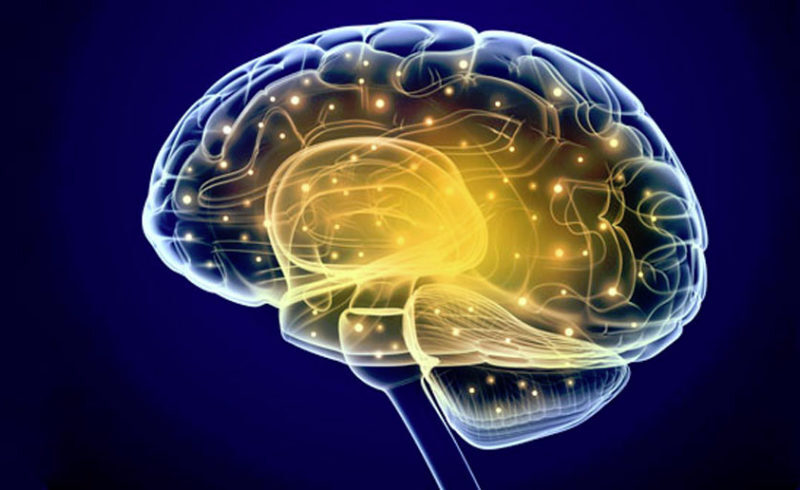Coevolution alludes to the improvement that happens between related species because of explicit cooperation. That is variations in single animal category prompt common transformations in another species or a few animal categories. Co-developmental cycles are significant in environments in light of the fact that these sorts of associations shape connections between life forms at various trophic levels in networks.
While Darwin depicted coevolution processes in plant-pollinator connections in 1859, Paul Ehrlich and Peter Raven are credited with presenting the expression “coevolution” in their 1964 paper Butterflies and Plants: A Study in Coevolution. In this review, Ehrlich and Raven recommended that plants produce destructive synthetic substances to hinder bugs from eating their leaves, while some butterfly species have created variations that permit them to kill poisons and feed on plants. permit to do. In such a manner, a transformative weapons contest was occurring in which every species was applying particular developmental tension to the other which impacted variation in the two species.
Assemble more information here
Local Area Biology
The collaborations between natural organic entities in a biological system or biome decide the kinds of networks in unambiguous environments. Pecking orders and food networks that foster locally assist with driving co-development between species. As species vie for assets in the climate, they experience normal choices and strain to adjust to make due.
A few sorts of harmonious connections in networks advance coevolution in environments. These connections incorporate opposing connections, relational connections, and commensalism connections. In opposing connections, creatures go after endurance in the climate. Models incorporate the hunter-prey relationship and the parasite-have relationship. In mutualistic co-transformative associations, the two species foster variations to the advantage of the two life forms. In commensalism collaborations, one animal group benefits from the relationship while a different one doesn’t.
Assemble more information about the Advantages of oil
Clashing Discussion
Co-transformative adversarial associations are seen in hunter-prey and host-parasite connections. In a hunter-prey relationship, prey creates variations to stay away from hunters and the hunters get extra transformations consequently. For instance, hunters ambushing their prey have a variety of variations that assist them with mixing into their current circumstances. They likewise have improved feelings of smell and sight to find their prey precisely. Prey that has advanced to have created visual faculties or the capacity to distinguish little changes in wind current is bound to track down hunters and stay away from their snare endeavor. Both the hunter and the prey should keep on adjusting to working on their possibilities of endurance.
In parasite co-transformative connections, a parasite creates variations to beat a host’s safeguards. Consequently, the host grows new safeguards to conquer the parasite. An illustration of this kind of relationship is authenticated in the connection between the Australian bunny populace and myxoma infection. The infection was utilized in trying to control the hare populace in Australia during the 1950s. At first, the infection was exceptionally powerful in annihilating bunnies. After some time, the wild hare populace experienced hereditary changes and create protection from the infection. The lethality of the infection changed from high, and low to direct. These progressions are remembered to reflect co-transformative changes between the infection and the hare populace.
Collaboration
Co-transformative associations between species include the advancement of commonly gainful connections. These connections might be elite or general in nature. The connection between plant and creature pollinators is an illustration of a typical mutualistic relationship. Creatures rely upon plants for food and plants rely upon creatures for fertilization or seed dispersal.
The connection between the fig wasp and the fig tree is an illustration of a unique co-developmental mutualistic relationship. The female wasps of the Agonidae family lay their eggs in specific blossoms of the average fig. These wasps dissipate dust while making a trip from one bloom to another. Every type of fig tree is typically pollinated by a wasp animal variety that varieties and feeds just from a particular type of fig tree. The wasp-fig relationship is interwoven to the point that each relies only upon the other for endurance.
Recreation
Coevolutionary commensalism connections include connections where one animal group benefits while the other isn’t. An illustration of this kind of connection is Batesian mimicry. In Batesian mimicry, one animal variety imitates the characteristic of one more animal group for defensive purposes. The species being replicated is poisonous or destructive to possible hunters and subsequently impersonating its qualities gives security to a generally innocuous species. For instance, red-hued snakes and milk snakes have developed to have comparable hue and banding to venomous coral snakes. Also, charlatan swallowtail (Papilio Dardanus) types of butterfly copy the presence of butterfly species from the Nymphalidae family that eat plants containing harmful synthetic compounds. These synthetics make the butterflies bothersome for hunters. Mimicry of Nymphalidae butterflies shields Papilio Dardanus species from hunters that can not separate the species.



